Getting around takes time
One of the big mistakes people make is not taking into account how long it takes to get from A to B. Unlike Europe, travel in Southeast Asia doesn’t really lend itself to doing lots of overnight trips to save time (and money).
Of course some overnight trunk routes, such as Bangkok to Chiang Mai, Bangkok to the southern islands, Bangkok to Nong Khai, and Hanoi to Hue, are popular and worthwhile considering. Most spots however are too close together to make for a convenient overnight trip or, as in Laos or Cambodia, there just isn’t much in the way of reasonable overnight transport that we would recommend.
Travel can be tiring
Your trip plan may look great on a sheet of paper, but don’t forget that travelling in Southeast Asia can be uncomfortable, hot and tiring. If you’re travelling every other day—particularly long distances—you’ll rapidly become tired and grumpy.
Factor in a day off here and there. By day off, we mean Day Off! No sightseeing and no activities other than putting your feet up, reading the paper and writing a few postcards—if nothing else, your feet will recuperate and your Grandma will love the postcard.
Get a map
Get a map and mark on it where you want to go. At each point you’re overnighting at write the number of days you’re planning on spending there. Allow a day for travel between each point—while the travel will often take less than a day, planning this way gives you padding to compensate for other, less realistic points of your plan.
Be realistic
You’re on holiday, remember? Trying to see the Grand Palace, Wat Pho, Wat Arun, Wat Saket, the Teak Mansion, the National Museum, Jim Thompson’s House and doing a khlong trip all in one day is insane—yet people try to do this all the time. Aim for two to three sights in a day of heavy sightseeing. If you try for more you'll most likely under-appreciate whatever you cram in.
Be flexible
Timetables are best taken as a rough guideline: Southeast Asia is not Japan. Generally speaking, trains and flights leave on time, and flights arrive on time. Buses sometimes leave on time and sometimes arrive on time. Timetables in Laos should be taken with about six kilos of salt. In Indonesia, eight kilos. When you’re told the bus leaves in the morning, that could mean anywhere between 05:00 and midday. Sometimes transport just leaves when the vehicle is full, but your idea of full might not be the same as the driver’s. Transport often stops for meals and for the bus driver to drop off and see his grandma.
Really.
Less is more
Don’t try to see too many things.
Don’t forget to factor in how long a trip takes.
Don’t forget to factor in a few days of rest here and there.
Don’t forget to sketch out a plan.
Don’t be unrealistic.
Don’t be inflexible.
Less is more.
Do have a terrific, well planned but not rushed trip!
Stay another day
Luang Prabang and Siem Reap are both very heavily touristed destinations and each had a “Stay Another Day” programme to encourage foreign visitors to spend an extra day poking around. These programmes were an excellent innovation, as not only do they help funnel tourist’s money and interest into secondary attractions and activities, but they also help tourists learn more about where they are. As we said way up top, travel can be a bit like a series of weekends, and a long weekend is more pleasurable than a standard two-day break, so try to plan your trip as as series of long weekends.
Small businesses
At our Company we work hard to try and highlight locally owned small businesses and we encourage you to try and patronise these when you have the opportunity. We say this for a few reasons.
Locally owned businesses by definition are a part of the community you are travelling in. The money you spend with them will more likely stay in that community than if you’re staying (or eating) at some international chain or foreign-owned business.
Family-run businesses can often provide insight into a destination in a way a regional or international hotel cannot.
We’re not saying all foreign-staffed and -owned businesses are evil, but rather, just because the locally run cooking school you wandered past isn’t in TripAdvisor, Lonely Planet doesn’t mean it isn’t any good.


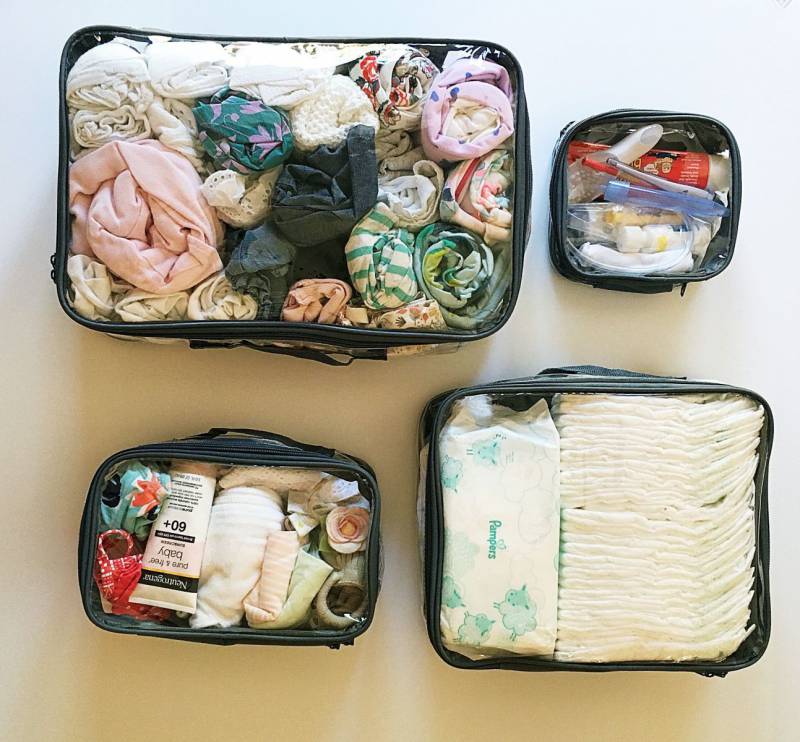

.png)
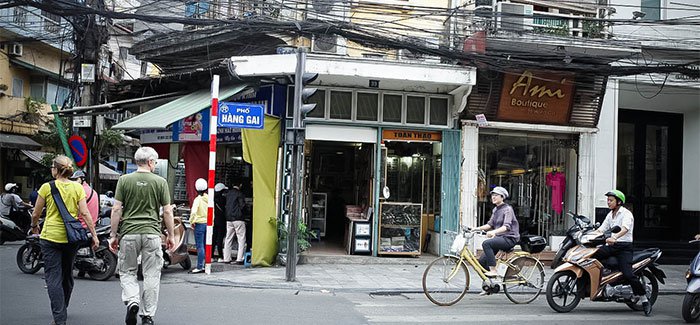
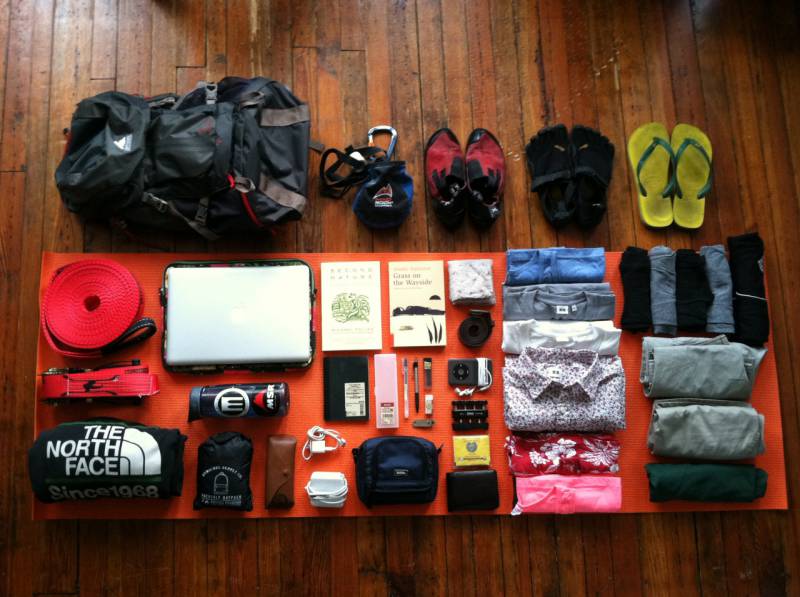

.jpg)

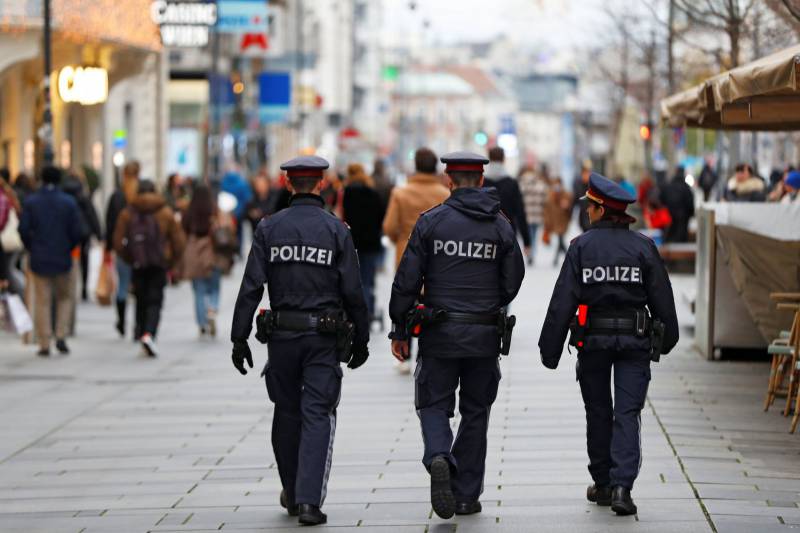


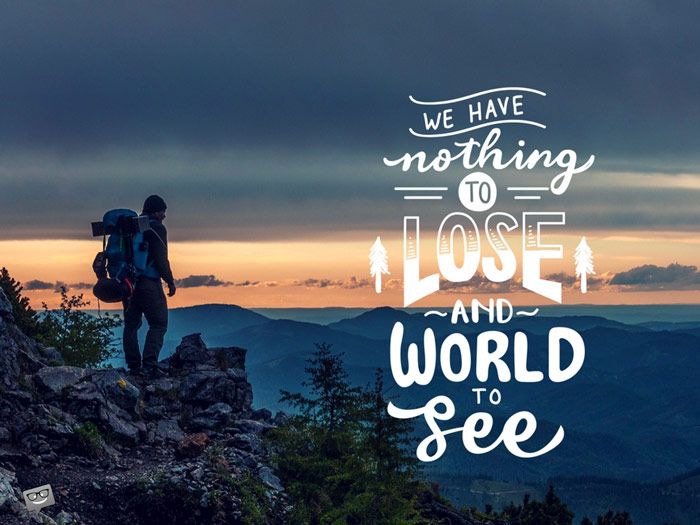
.jpg)
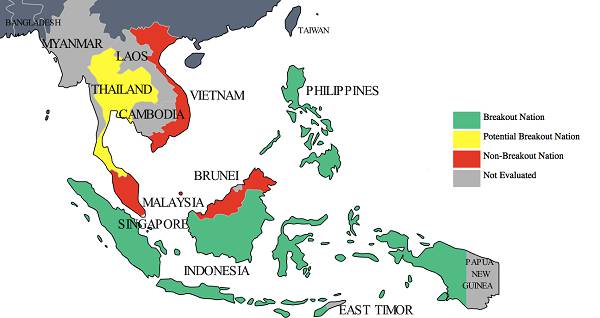
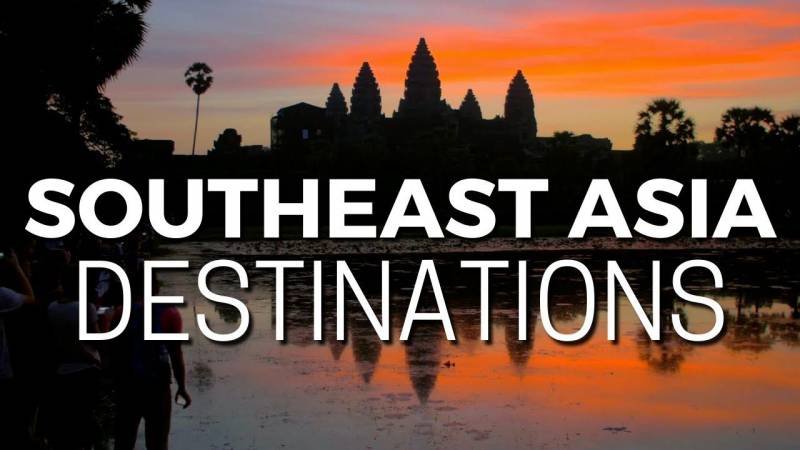
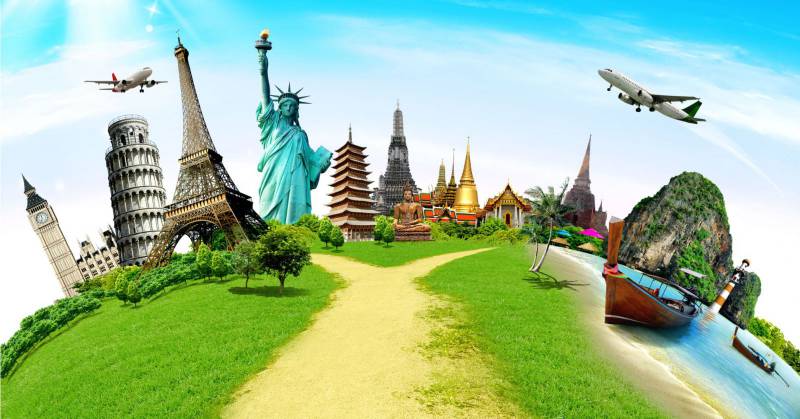
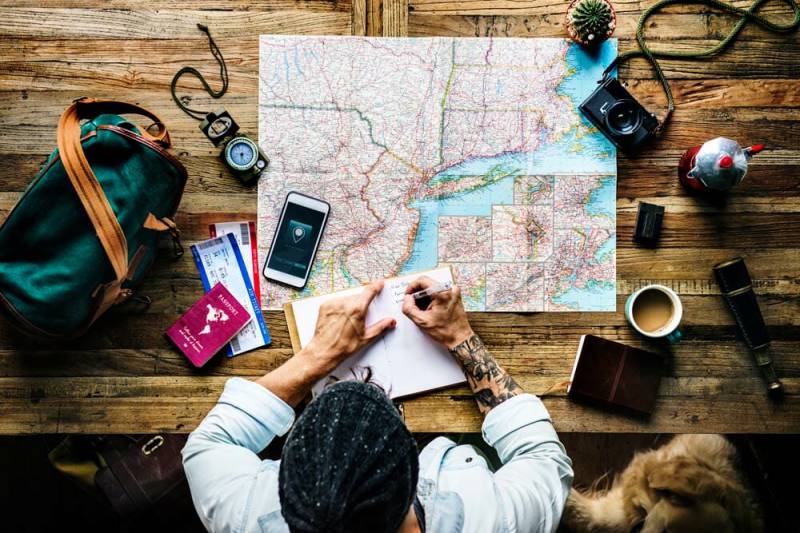
.jpg)






